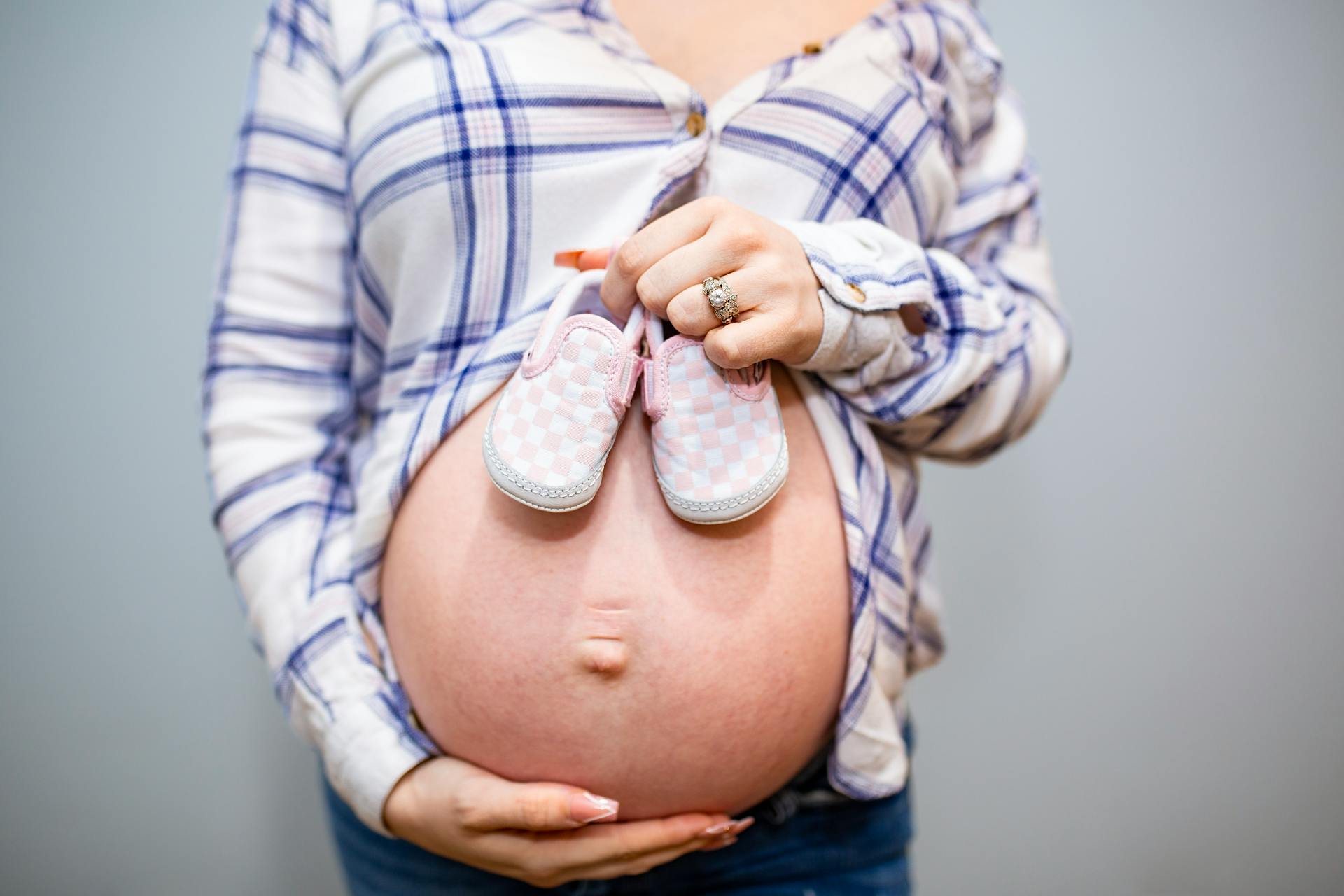The third trimester of pregnancy, spanning from week 28 until birth, is a crucial phase in the journey to motherhood. As the baby grows and prepares for delivery, expectant mothers experience a range of physical and emotional changes. Understanding the symptoms of the third trimester can help women prepare for what’s ahead and manage discomfort effectively.
Common Symptoms in the Third Trimester
1. Shortness of Breath
As the baby grows and takes up more space in the abdomen, it can push against the diaphragm, making breathing feel more challenging. While this symptom is normal, sitting upright, practicing good posture, and sleeping with an extra pillow for elevation can help ease discomfort.
2. Frequent Urination
With the baby pressing against the bladder, many pregnant women find themselves making frequent trips to the bathroom. To manage this, try limiting fluid intake before bedtime and ensuring complete bladder emptying when urinating.
3. Swelling (Edema)
Swollen feet, ankles, and hands are common in the third trimester due to fluid retention and increased blood circulation. To reduce swelling, elevate the legs when sitting, stay hydrated, and avoid standing for extended periods.
4. Braxton Hicks Contractions
Often referred to as “false labor,” Braxton Hicks contractions are irregular and typically painless contractions that help prepare the uterus for labor. If contractions become regular and painful, it may be a sign of true labor, and medical advice should be sought.
5. Back Pain and Pelvic Pressure
As the baby grows, the added weight can put pressure on the lower back and pelvis, causing discomfort. Using a pregnancy support belt, engaging in gentle prenatal exercises, and applying warm compresses can help alleviate pain.
6. Heartburn and Indigestion
Hormonal changes and the growing uterus pushing against the stomach can cause acid reflux and indigestion. Eating smaller meals, avoiding spicy foods, and sleeping with an elevated head can help minimize discomfort.
7. Fatigue and Difficulty Sleeping
Many women experience exhaustion during the third trimester due to the physical demands of pregnancy and discomfort when trying to sleep. Establishing a bedtime routine, using a pregnancy pillow, and napping when needed can improve rest.
8. Leaking Colostrum
Some women may notice a thick, yellowish fluid leaking from their breasts. This is colostrum, the first form of breast milk that will nourish the baby in the initial days after birth. Wearing nursing pads can help manage leaks.
9. Varicose Veins and Hemorrhoids
Increased blood flow and pressure on veins can lead to varicose veins in the legs and hemorrhoids in the rectal area. Staying active, avoiding long periods of standing, and consuming fiber-rich foods can help prevent or ease these symptoms.
10. Mood Swings and Anxiety
Hormonal fluctuations and the anticipation of labor can contribute to emotional ups and downs. Seeking support from loved ones, practicing relaxation techniques, and discussing concerns with a healthcare provider can be beneficial.
Signs That Labor Is Near
As the due date approaches, the body begins preparing for labor. Some key signs include:
- Lightening: The baby moves lower into the pelvis, making breathing easier but increasing pelvic pressure.
- Increased Vaginal Discharge: A thick mucus plug may pass as the cervix begins to dilate.
- Water Breaking: The rupture of the amniotic sac is a sign that labor is imminent.
- Regular Contractions: If contractions become consistent and intensify over time, labor may be starting.
How to Manage Third Trimester Symptoms
1. Maintain a Healthy Diet
Eating a balanced diet rich in protein, fiber, vitamins, and minerals can support energy levels, reduce swelling, and aid digestion.
2. Stay Hydrated
Drinking plenty of water helps prevent dehydration, reduces swelling, and minimizes constipation.
3. Exercise Safely
Engaging in low-impact activities like walking, prenatal yoga, and swimming can improve circulation and alleviate discomfort.
4. Practice Relaxation Techniques
Breathing exercises, meditation, and prenatal massages can help reduce stress and promote better sleep.
5. Prepare for Delivery
Packing a hospital bag, discussing birth plans with a doctor, and attending childbirth classes can help ease anxiety and ensure readiness for labor.
When to Contact a Doctor
While many third-trimester symptoms are normal, certain signs require immediate medical attention:
- Severe headaches or blurred vision (possible signs of preeclampsia)
- Persistent contractions before 37 weeks (possible preterm labor)
- Reduced fetal movement
- Heavy bleeding or sudden gush of fluid
Conclusion
The third trimester in pregnancy is an exciting yet challenging time as the body prepares for childbirth. By understanding common symptoms and implementing effective management strategies, expectant mothers can navigate this phase with greater comfort and confidence. Regular prenatal care, a healthy lifestyle, and emotional support are key to ensuring a smooth and safe journey into motherhood.
















